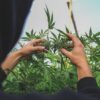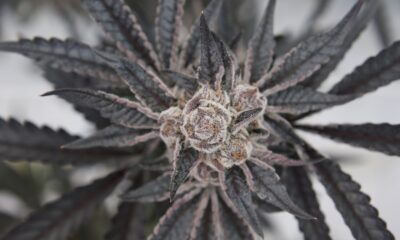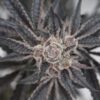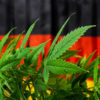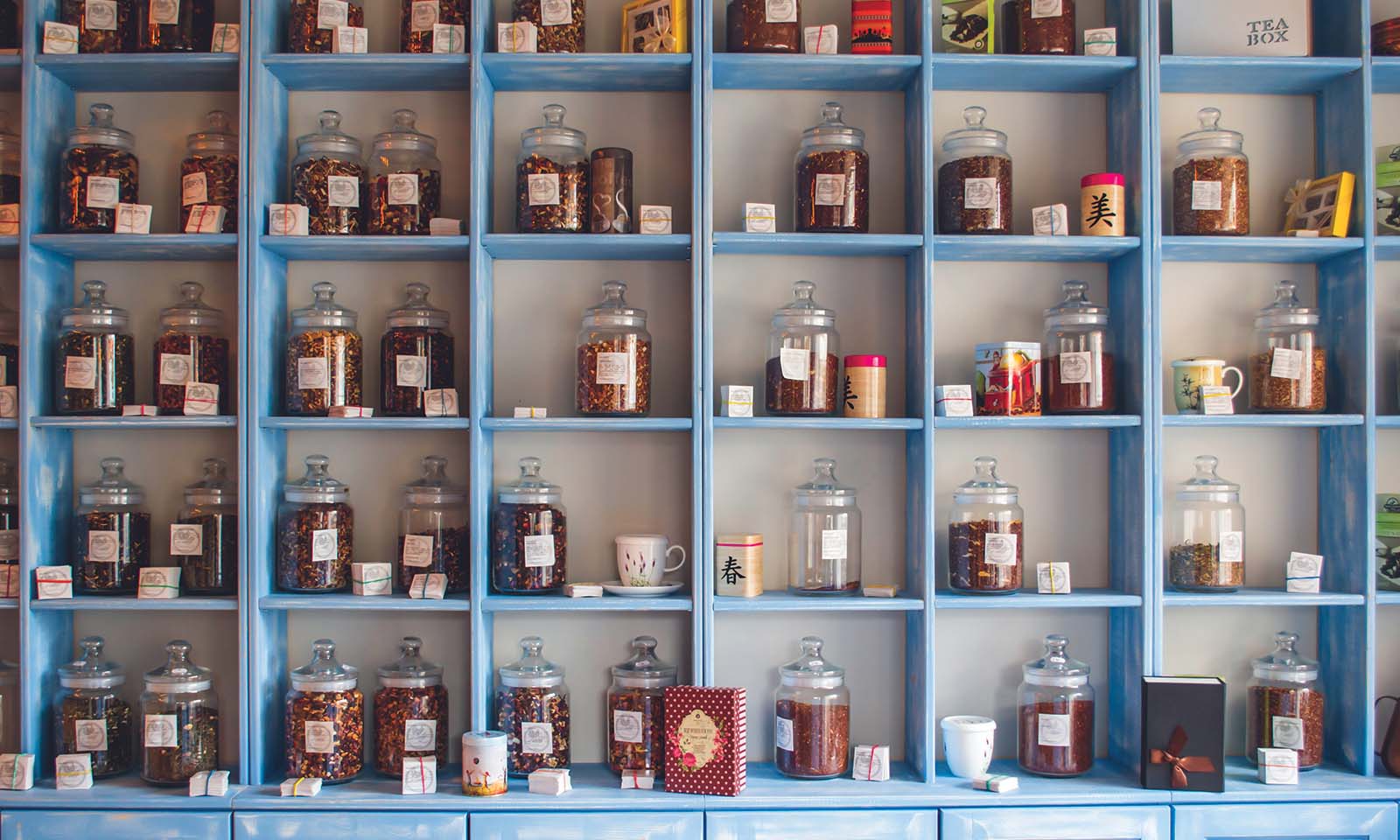
In The Magazine
Cannabis & Traditional Chinese Medicine
Reconnecting patients with time-honored healing.
You don’t hear a lot about cannabis use in Traditional Chinese Medicine, but the plant has a long history with the practice. Known as da ma in Chinese medicine, cannabis is considered one of the 50 “fundamental” herbs of TCM.
The Chinese goddess Ma Gu, a name that literally means “hemp maiden,” is associated with longevity and the elixir of life and the Chinese term for anesthesia is composed with the Chinese character that means hemp.
Hua Tuo, a Han Dynasty physician, is credited as the first person to use cannabis as an anesthetic, by mixing the dried and powdered plant with wine for use internally and externally. By utilizing this preparation (known as ma fei san) in conjunction with acupuncture, he was able to perform surgeries and control the pain of his patients.
It is also believed that moxibuxtion — the burning of dried plants next to the skin to stimulate circulation — originally utilized both mugwort and cannabis.
In modern TCM, cannabis or hemp seeds are are often used to treat constipation. Additional uses include relief for menstrual cramps, anxiety, dry cough, asthma and spasms.
Cannabis is said to strengthen the Yin, but is rarely used on its own because using cannabis alone is considered unhealthy and toxic in TCM, as it may cause imbalances in the body.
TCM practitioners do believe however, that excessive cannabis use can cause a deficiency of vitality, overtaxing the liver and costing the body its Yin energy.
Recent studies show that acupuncture also manipulates the endocannabinoid system, increasing endogenous cannabinoid CB2 receptors to upregulate opioids in inflamed skin tissue. A 2009 study showed that inflamed skin tissue treated for pain relief with electro-acupuncture had a statistically relevant increase in anandamide, a neurotransmitter produced in the human body that binds to the same cell receptors as THC. These studies suggest that combining therapies present in TCM with cannabis use could be successful in treating imbalances in the endocannabinoid system.
A Century of Humiliation
You may be asking, “If TCM uses cannabis in its practice, why is cannabis use illegal in China?” The answer is colonization and the Opium Wars.
In the mid-19th century, after the defeat of the Qing Dynasty, the British forced China to legalize opium, creating a generation of addicts and weakening the strength of the country. The British government purposely encouraged the opium addiction in order to force trade in China’s ports and weaken the country’s economic foothold in the world — and to make money off opium sales. After Britain gained influence in the country, both the United States and France used China’s weakened state to leverage their power and demand access to its ports for trade.
After decades of healing after the Opium Wars, today’s TCM practitioners are increasingly more willing to partner with their patients and have informed conversations about cannabis use in daily life. One example of this is the fact that the American College of Traditional Chinese Medicine at CIIS in San Francisco held a symposium in last year to help better educate practitioners about the medical applications of cannabis and how it might fit into therapies with their patients. This class, which was open to acupuncturists, shows that along with a resurgence of cannabis incorporation in TCM, the curiosity, inquiry and enthusiasm to learn more about this plant has never been more evident.
Originally published in the print edition of Cannabis Now. LEARN MORE




